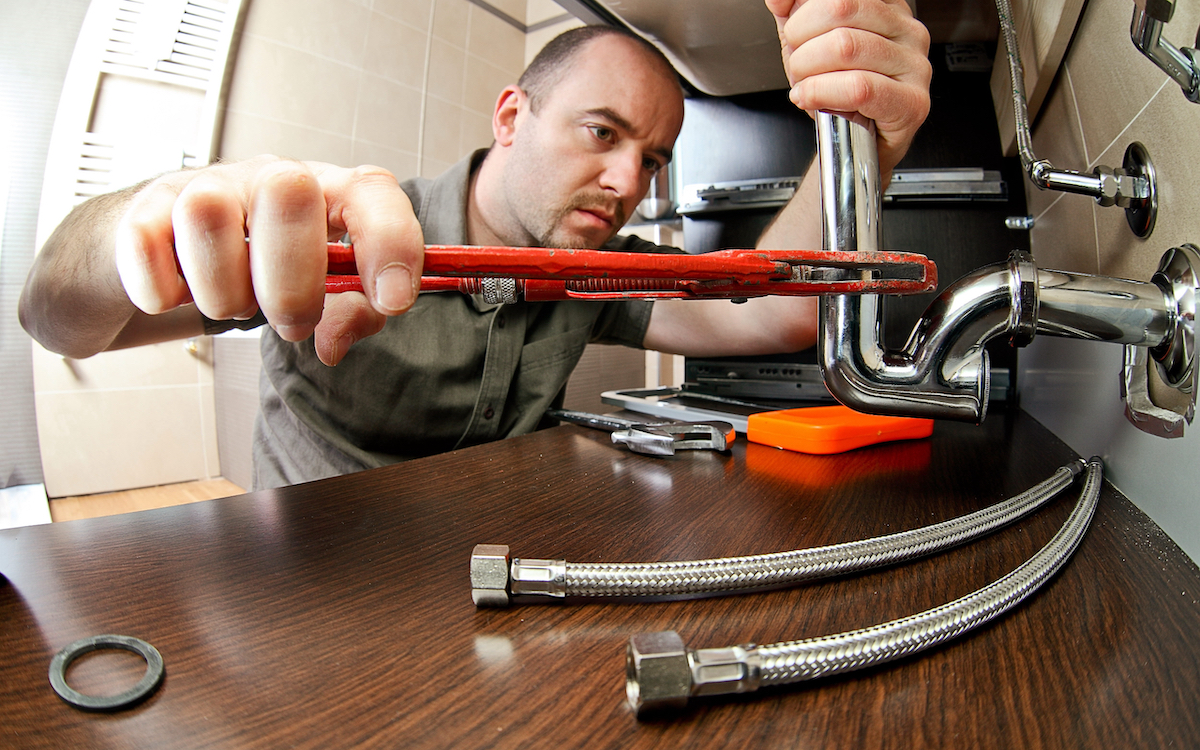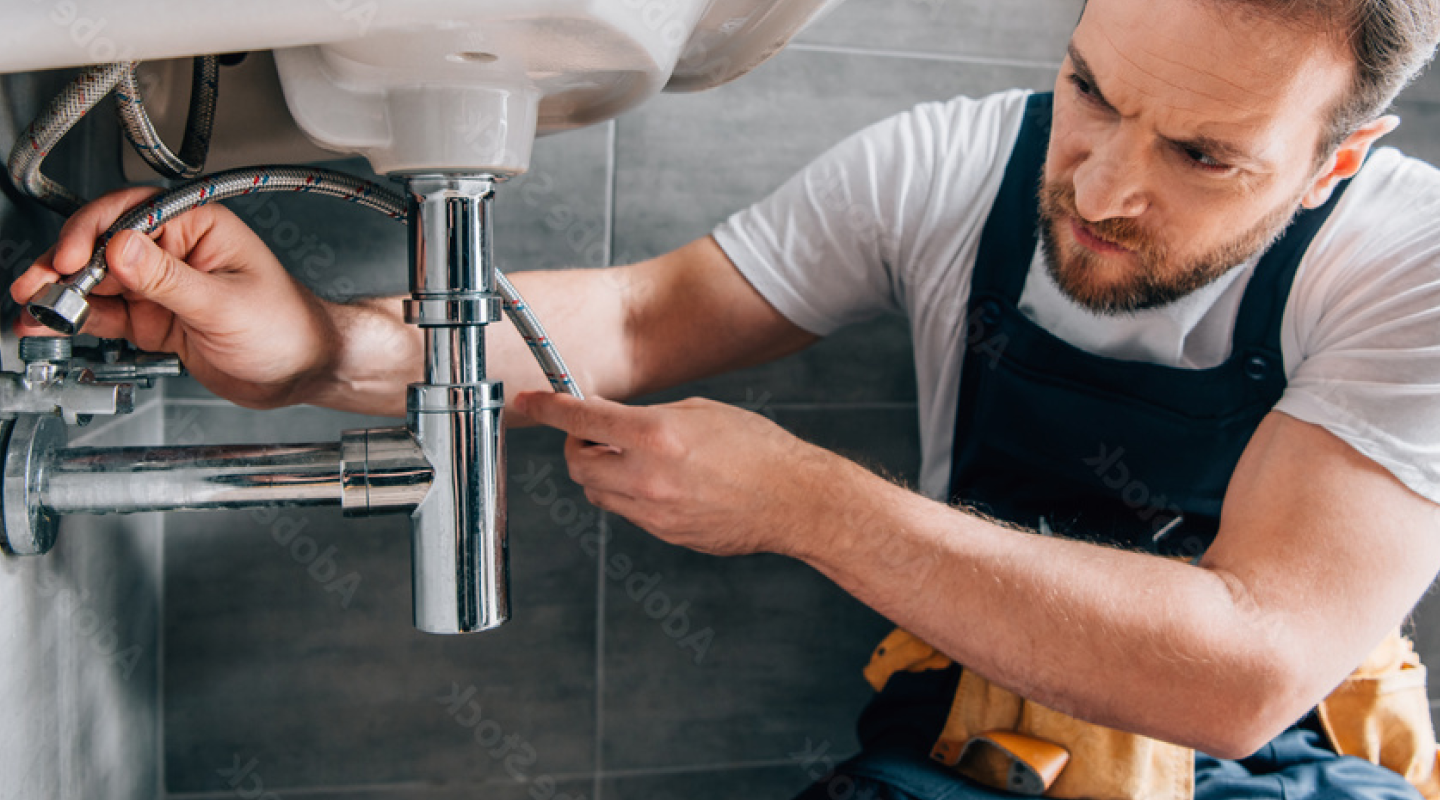Specialist Drain Cleaning Alabaster AL to Maintain Your Water Lines Flowing
Specialist Drain Cleaning Alabaster AL to Maintain Your Water Lines Flowing
Blog Article
A Step-by-Step Overview to Reliable Hot Water Heater Installation for Optimum Efficiency
Beginning on the job of setting up a hot water heater is a venture that requires precision and a systematic strategy for achieving optimal performance. The process starts with the important decision of selecting the appropriate heater tailored to the particular demands of your home, considering factors such as power, size, and type source. When selected, preparing the setup location to meet safety and security requirements is vital. Nonetheless, the trip does not end here. As you proceed, the intricacies of attaching water system lines and establishing dependable electrical or gas connections wait for, encouraging understandings into ensuring effectiveness and integrity.
Choosing the Right Hot Water Heater

Next, think about the size and ability of the water heater. It's important to assess your house's warm water requirements, which can vary based on the variety of occupants and their use patterns. An unit that's as well small might cause not enough hot water, while a large design may cause unnecessary energy consumption.
Efficiency ratings likewise play an essential function in selection. Try to find water heating systems with high Power Variable (EF) rankings, suggesting remarkable efficiency and minimized energy usage. Tankless models, though usually much more expensive upfront, deal significant power cost savings in time due to their on-demand home heating capacities.
Preparing the Installment Location
Prior to installing a new water heating system, careful prep work of the setup location is vital. It's crucial to determine the space thoroughly to suit the water heater's measurements, ensuring appropriate clearance around the unit for effective procedure and servicing.
Next, get rid of any kind of debris, dust, or blockages from the website to develop a clean environment. Inspect the floor for security, as the hot water heater will need a solid, degree surface area to run effectively. If needed, mount a drip frying pan beneath the unit to catch prospective leakages or spills, preventing water damage to the surrounding area. In regions vulnerable to seismic task, take into consideration mounting seismic bands to safeguard the heating system firmly in place.
In addition, make certain that all essential devices and products are on hand before commencing the installment. This consists of products such as wrenches, screwdrivers, a level, and any kind of added hardware required for placing and safeguarding the heating unit. A well-prepared setup area establishes the structure for a successful hot water heater arrangement, enhancing performance and safety.
Connecting Water Lines
When connecting water system lines to your newly mounted hot water heater, it is vital to ensure that all links are protected and leak-free to preserve efficient procedure and avoid water damages. Begin by identifying the cool and hot water supply lines. The cool water inlet is usually marked with a blue tag or a "C", while the hot water electrical outlet is marked with a red tag or an "H".
Usage adaptable water heater connectors to help with a less complicated installment process. Before attaching the connectors, put a plumbing technician's tape around the threaded ends of the water heating system's inlet and electrical outlet pipelines.
As soon as connections are in place, slowly activate the main supply of water valve. Examine each connection for leaks by visually feeling and inspecting for wetness. Tighten connections as essential, and guarantee the pressure relief valve is correctly installed, safeguarding versus too much stress build-up.
Establishing Electrical or Gas Connections
Properly establishing up the electric or gas connections for your water heating system is a crucial action to make certain effective and safe operation. For electrical hot water heater, begin by verifying that the electric circuit works with the heating unit's voltage and amperage requirements. Make certain the power supply is shut off at the circuit breaker to stop mishaps. Connect the electric cables to the heater adhering to the maker's electrical wiring diagram. Commonly, this entails connecting the ground cord pop over to this web-site to the environment-friendly terminal, and the staying wires to their equivalent terminals, protecting each with cord nuts.
For gas water heating systems, safety is vital. Confirm that the gas supply is off prior to continuing. Link the gas line to the water heating system using an adaptable gas port, guaranteeing it is properly threaded and secured with pipeline joint compound or Teflon tape appropriate for gas links. Tighten the links with a wrench, taking treatment not to over-tighten (Plumber Alabaster AL).
When links are made, check for any type of Continue possible leakages. For gas lines, use a soapy water service to the joints; bubbles suggest a leak. For electric links, confirm that all wiring is safe and effectively protected, maintaining compliance with neighborhood electrical codes.
Readjusting and evaluating for Performance
With the electric and gas links safely in area, the following action is assessing the operational performance of your hot water heater. Begin by carefully activating the water supply and ensuring there are no leaks at any one of the shutoffs or joints. When verified, proceed to fill the tank, paying focus to the stress and temperature level settings. It is recommended to set the thermostat to a recommended temperature level of around 120 ° F(49 ° C) to stabilize energy efficiency and convenience.
Following, carry out an extensive evaluation to ensure the home heating aspects or gas burners are operating appropriately. For electrical heating systems, make use of a multimeter to confirm if the aspects are attracting the proper current. In gas versions, observe the burner fire; it must be blue and stable, suggesting efficient combustion.
Readjust the setups as required to remove ineffectiveness. Consider carrying out insulation steps, such as including a water heating unit covering, to even more boost performance by decreasing heat loss. In addition, check the anode pole's problem, as a worn-out rod can minimize performance and result in container corrosion.
Final Thought
Efficient water heater installation is important for making certain optimum efficiency and power savings. Securely attaching water supply lines and carefully establishing up electric or gas connections minimize possible problems.

Correctly establishing up the electric or gas links for your water heating unit is a crucial step to ensure safe and efficient operation. For electric water heaters, begin by confirming that the electric circuit is suitable with the heating system's voltage and amperage needs. Attach the gas line to the water heating system making use of a versatile gas port, ensuring it is effectively threaded and sealed with pipe joint substance or Teflon tape ideal for gas links.
Report this page